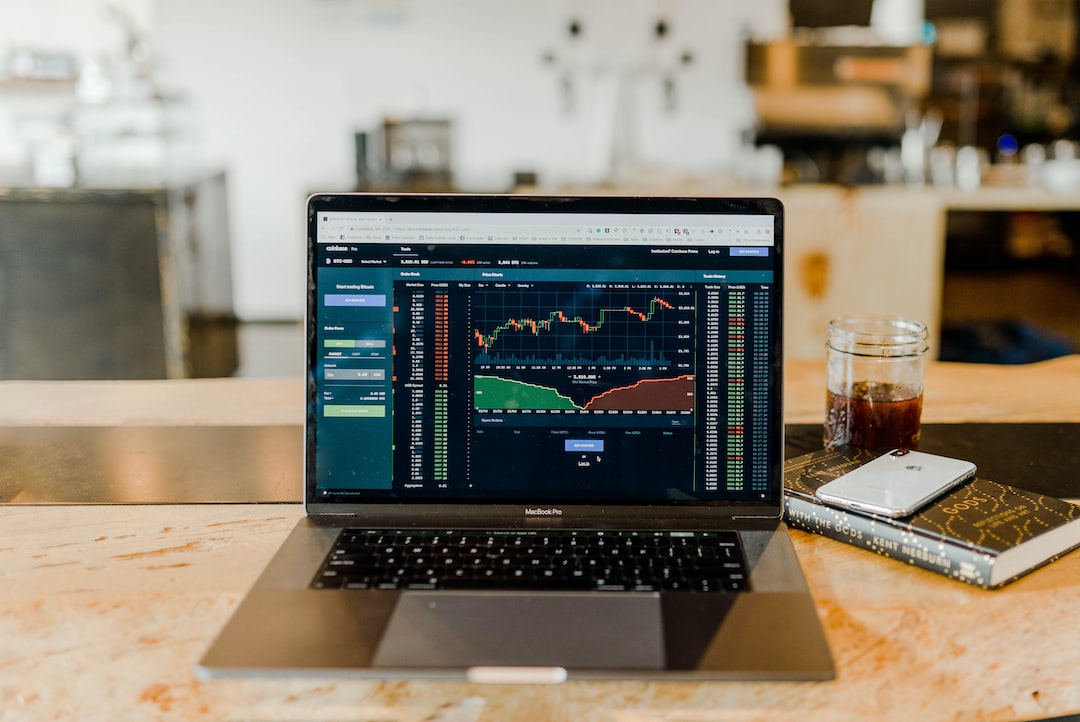The Power of Street Murals: Empowering Communities through Art
Art has always been a powerful tool for self-expression and social commentary. Throughout history, artists have used their work to reflect the world around them and provoke thought and change. In recent years, street murals have emerged as a dynamic form of art that not only beautifies public spaces but also empowers communities. From depicting the struggles of marginalized communities to promoting unity and social justice, street murals have the power to transform neighborhoods and capture the spirit of a community.
One of the most significant aspects of street murals is their ability to amplify the voices of individuals who may not have access to traditional forms of self-expression. In many communities around the world, street murals have become a powerful platform for marginalized groups to tell their stories and highlight their experiences. Whether it’s an artist painting the face of a young immigrant on a wall or a group of activists creating a mural to commemorate victims of police brutality, these works of art provide a voice to those who have been silenced. In this way, street murals empower communities by giving them a tangible representation of their struggles and hopes.
Furthermore, the creation of street murals often involves the collaboration of artists and community members. This participatory process allows residents to engage with the artwork and take ownership of their public spaces. When members of a community come together to paint a mural on a neighborhood wall, they are not only creating a visual masterpiece but also building a sense of connection and pride. The act of collectively working towards a common goal fosters a sense of empowerment and unity among community members. Moreover, these murals serve as a constant reminder of the community’s ability to come together and create positive change.
In addition to transforming physical spaces, street murals can also challenge societal norms and encourage dialogue around pressing social issues. By addressing topics like racism, inequality, and environmental degradation, these murals become catalysts for conversations that need to happen. They push viewers to confront uncomfortable truths and engage in discussions that may otherwise be overlooked. Street murals act as visual statements that compel individuals to think critically and reflect on their own perceptions and biases. Art has the power to challenge the status quo and shift societal attitudes, ultimately empowering communities to strive for a better future.
Importantly, street murals not only empower communities but also have the ability to revitalize neglected areas. Many cities around the world have recognized the transformative power of street art and have actively encouraged the creation of murals to revitalize underdeveloped neighborhoods. These once-forgotten spaces are now adorned with vibrant colors and powerful imagery, attracting tourists and locals alike. As a result, these areas experience increased foot traffic, economic growth, and a sense of renewed purpose. Street murals have the power to completely reshape the identity of a neighborhood and restore a sense of pride and hope to its residents.
In conclusion, street murals have emerged as a powerful tool for empowering communities through art. Their ability to amplify marginalized voices, unite community members, challenge social norms, and revitalize neglected areas cannot be underestimated. By bringing art out of galleries and onto the streets, street murals are democratizing the art world and creating platforms for self-expression and social change. As we continue to witness the transformative effects of street art, it becomes evident that the power of a mural extends far beyond its physical appearance – it has the power to inspire, uplift, and empower communities.

